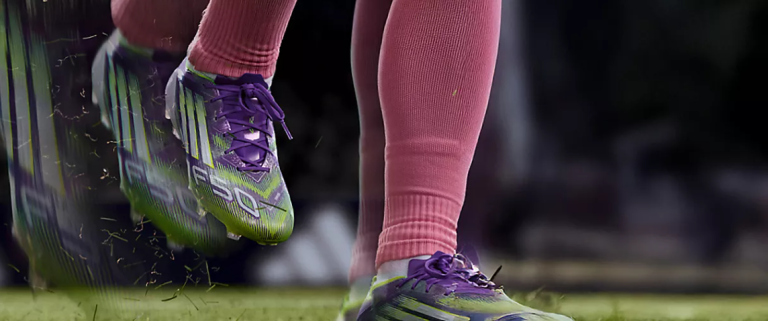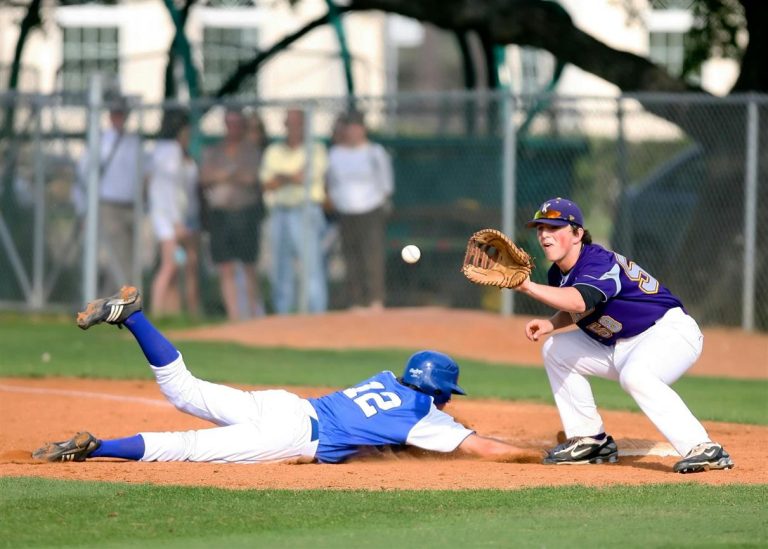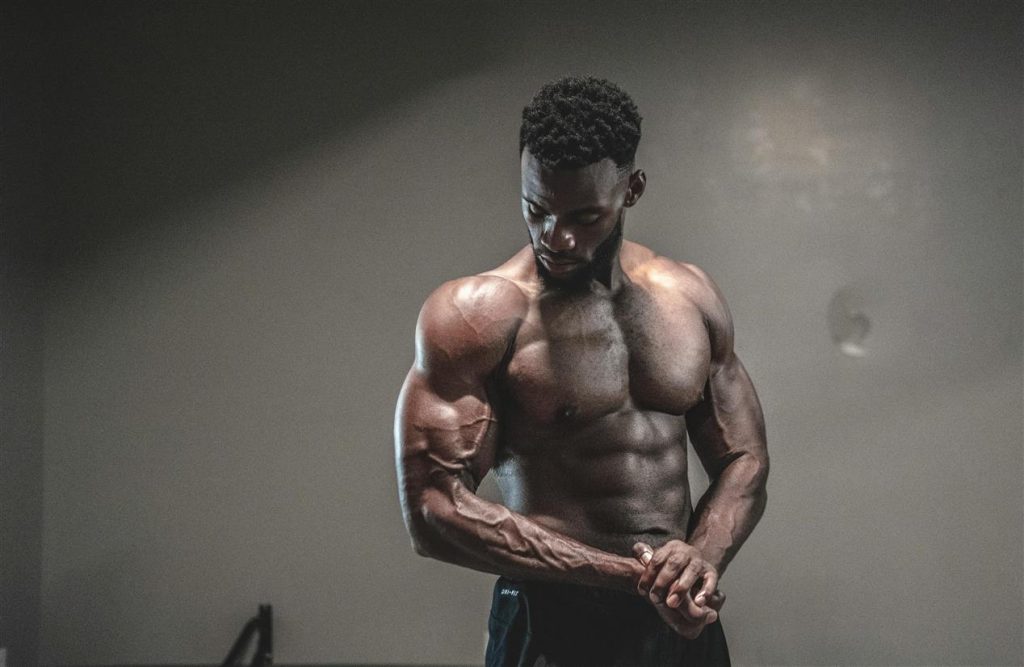
In the world of sports, performance used to be everything. Speed, endurance, strength, mental toughness—these were the qualities that defined greatness. But in recent years, an additional, quieter expectation has crept into the spotlight: the way athletes look. More than ever, athletes are expected not just to perform, but to embody a specific aesthetic. It’s not enough to be fast; you should also be shredded. It’s not enough to be strong; you should look sculpted. The body is no longer just the engine of performance—it’s the advertisement.
This visual shift isn’t just about vanity or marketing. It’s about how culture increasingly values appearance as evidence of effort. The assumption is simple: if you’re really putting in the work, your body should show it. But this expectation, amplified by social media and pop fitness culture, is placing a growing burden on athletes at all levels—from professionals to weekend warriors.
The Look of Fitness
The archetype of the athlete’s body has shifted in the public eye. Once, the ideal varied by sport. Marathon runners were lean and wiry, powerlifters carried mass, swimmers had long torsos, and gymnasts were compact and explosive. There was space for diversity in form because each discipline shaped the body differently.
Today, however, we’re seeing a narrowing of what’s considered the “fit” aesthetic. Defined abs, low body fat, visible muscle tone, and symmetry have become the visual shorthand for health and commitment. This aesthetic isn’t always aligned with peak performance. In some cases, it can even hinder it. But the visual appeal often eclipses the reality of what it takes to compete.
For athletes, especially those in sports with subjective components—like gymnastics, figure skating, or CrossFit—there’s mounting pressure to match this polished image. Not just during competition, but all year round, on and off the field, and on every screen.
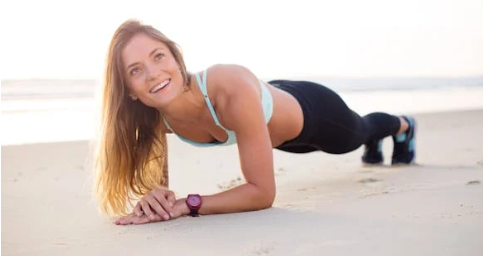
Social Media and the Rise of the “Always Ready” Body
Social platforms have transformed the way athletes interact with fans and sponsors. In the past, visibility was mostly tied to game days or competitions. Now, athletes are expected to maintain an online presence, post workouts, share recovery routines, and showcase lifestyle content that extends beyond their sport.
This constant exposure creates a loop of visual accountability. Every post is a performance, and every image a statement about discipline and control. The athlete’s body becomes a product, curated for a digital audience that expects aesthetic consistency.
For some, this is empowering—a way to connect, build a brand, and shape a career beyond their sport. For others, it becomes another layer of pressure, particularly when aesthetic expectations don’t align with their natural body type, training cycle, or current physical condition.
When Performance and Appearance Collide
What happens when the way an athlete looks conflicts with how they perform?
In some cases, the pursuit of the “fit look” can interfere with optimal training. Maintaining a visibly lean physique often requires caloric deficits or high volumes of conditioning that may not be ideal for strength gains or recovery. Athletes in sports where mass or force production is crucial—like rugby, powerlifting, or sprinting—might find that trying to stay camera-ready actually works against their goals.
Female athletes, in particular, face a complex double standard. They’re often expected to look toned but not bulky, lean but not frail, powerful but still traditionally “feminine.” This tightrope walk can contribute to disordered eating, overtraining, and body dysmorphia—issues that are well-documented but still under-acknowledged in many elite programs.
And for younger athletes or amateurs, the pressure to emulate professional physiques can lead to unrealistic expectations and harmful behaviors, especially when genetics and developmental stages are ignored in favor of chasing the visual ideal.
Athletes as Influencers
The line between athlete and influencer is increasingly blurred. Sponsorships and brand deals often hinge not only on talent, but on marketability—and a polished aesthetic is a currency in this marketplace. Athletic endorsements, once reserved for performance milestones, are now accessible to those who can maintain a consistent, photogenic presence.
Brands often prefer “relatable” athletes—those who bridge the gap between elite performance and everyday fitness culture. This can reward those with a good camera, editing skills, and the time to maintain a social presence. For full-time professionals, it’s a lot. For college athletes, it’s even more. And for recreational athletes, it creates an unspoken standard: if you’re going to post it, make sure you look the part.
This blurs the boundaries of authenticity. What was once a personal pursuit—training, growth, resilience—becomes performative. The aesthetic must match the narrative: hard work, no excuses, grind mode. The nuance of rest, imperfection, and body fluctuation gets left behind.
Pushing Back: Reclaiming Performance Over Presentation
Not everyone is buying into the pressure. A growing number of athletes and coaches are beginning to challenge the fixation on aesthetics. More are speaking openly about the difference between looking fit and being fit, and the dangers of conflating the two.
Some are choosing to post unfiltered, unposed content. Others are calling out the toxic expectations that force athletes into visual molds. Initiatives promoting body diversity and mental health in sports are gaining traction, especially among younger generations who want their worth to be tied to effort, skill, and mindset—not just mirror shots.
In this shift, there’s a quiet rebellion against hyper-visibility. Some athletes are opting for private training spaces, tighter inner circles, and fewer updates. For them, the focus is returning to the craft—not the aesthetic of the craft.
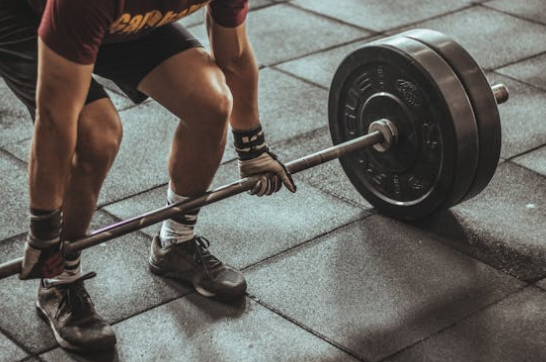
Redefining the Athlete Identity
At its best, sport is about pushing limits, embracing process, and learning from both success and failure. The current pressure to look the part risks reducing athletes to images instead of individuals. It narrows the idea of what strength looks like, and who gets to claim the title of “athlete.”
But performance isn’t always visible. Grit doesn’t always have abs. Mental toughness doesn’t always come with a lighting setup. And some of the most impressive athletic achievements don’t look like much at all from the outside.
The hope is that as the conversation widens, we’ll start making room for all kinds of bodies in the spotlight—and all kinds of athletes, whether or not they “look” the way we’ve come to expect.
Because in the end, looking the part is no substitute for showing up, putting in the work, and leaving it all on the field.

